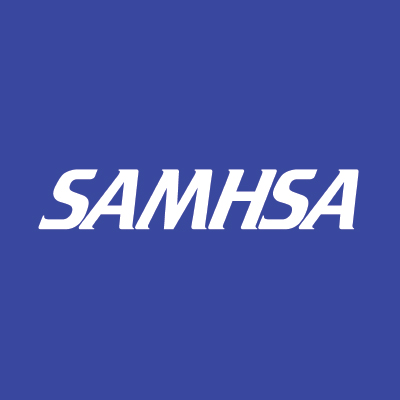SAMHSA’s Prevention Day is here again! That means a full slate of addiction-fighting activities. It also means a day for America to unite behind a single purpose. And that, dear friends, is itself worth the price of admission.
Then again, admission is free. Just like our country. Unfortunately it’s not like that for everyone in our country. We mean of course those who are suffering from Substance Use Disorder (SUD). There’s nothing freeing about addiction. Nothing whatsoever. Unless you count the free fall to rock bottom.
And who wants to count that? Not you. Not your family. And not your friends. We don’t want to count that either. But the addicted can count on it. Big time. Because the free fall to rock bottom is just as assured as the sun rising up on another day.
So let’s make that day Prevention Day. And stop the free fall before it can even begin.
SAMHSA’s Prevention Day
SAMHSA’s Prevention Day began 17 years ago. Unlike National Prevention Week (which runs in Spring), the long-running and much-appreciated Prevention Day is run in conjunction with the Community Anti-Drug Coalitions of America (CADCA) and its National Leadership Forum. In fact, this will be the 31st year CADCA’s National Leadership Forum will be convening.
And talk about convening! SAMHSA and CADCA have united to present a full day of some of the most immersive addiction fighting action out there. Then again, what else would you get from the absolute best in the business?
2021 Agenda:
9:45-9:55am Introduction of SAMHSA’s Prevention Day and Welcome
10-11am Breakout Sessions – PART I
11:15am-12:15pm Breakout Sessions – Part II
2:30-3:30pm Breakout Sessions – Part III
4:30pm Breakout Sessions – Part IV
4:45-5pm Closing Remarks
What is SAMHSA?
We’re always citing our country’s much-revered Substance Abuse and Mental Health Agency (SAMHSA). That’s largely because it’s our country’s foremost official addiction and mental health specialists. Congress founded the Federal agency back in 1992. And they directed it “to target effectively substance abuse and mental health services to the people most in need and to translate research in these areas more effectively and rapidly into the general health care system.”
SAMHSA must’ve hit the targets too. Because in 2016 Congress elevated its Director position to Cabinet-level Assistant Secretary for Mental Health and Substance Abuse as part of the 21st Century Cures Act.
Wiki says SAMHSA’s mission is to reduce the impact of substance abuse and mental illness on American’s communities. It also says that SAMHSA fields four offices, called Centers.
SAMHSA Centers
The Centers give grant and contracts to U.S. states, territories, tribes, communities, and local organizations. They also support the provision of quality behavioral-health services such as addiction-prevention, treatment, and recovery-support services through competitive Programs of Regional and National Significance grants. There are also several staff offices supporting the Centers.
There’s more of course. Much, much more. That more includes the much-lauded 8 Strategic Initiatives SAMHSA put together in order to best focus the Agency’s work.
8 Strategic Initiatives
Beyond that we highly recommend you scour SAMHSA’s website. It’s chock-a-block with informed and inspired data of every conceivable dimension — and then some.
What is the Community Anti-Drug Coalitions of America?
Just who and what is the Community Anti-Drug Coalitions of America? Well, that’s a big question. And it demands an even bigger answer. We will say that CADCA also came about in 1992. We’ll also say that since then they’ve demonstrated that social change does indeed happen when all community sectors come together. CADCA represents over 5,000 community coalitions involving schools, law enforcement, youth, parents, healthcare, media and other key sectors. They have members in every U.S. state and territory, as well as more than 30 countries around the world. The CADCA coalition model emphasizes the power of community coalitions to prevent substance misuse through collaborative community efforts. We believe that prevention of substance use and misuse before it starts is the most effective and cost-efficient way to reduce substance use and its associated costs.
Bravo!
Again we recommend you go directly to the source. CADCA simply offers far too much goodness to share in a single blog post. Besides, we’re sure the Coalitions will appreciate the visit. So will you!
Applauding Prevention Day
Healing Properties applauds all the folks behind Prevention Day, especially SAMHSA and CADCA. We also encourage everyone to attend. With this group even a drive-by will likely prove to be enlightening. So why not give it a try? Besides, it always helps to know just what makes the addicted world spin.
Speaking of spinning… are you feeling dizzy? Is someone you know and love on the spin? Have you considered reaching out for help? It’s out there you know. True, authentic and eager. We know. We’ve been helping men find their way to sobriety for nearly 20 years. That’s right. Since 2002. And we won’t stop until the last man is fully standing on his own. Want proof? Check our Testimonials. Better yet, pick up the phone and call. You’ll be glad that you did. So will your friends. And so will your family.
